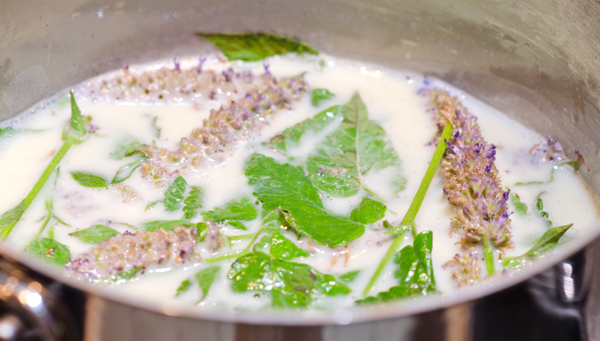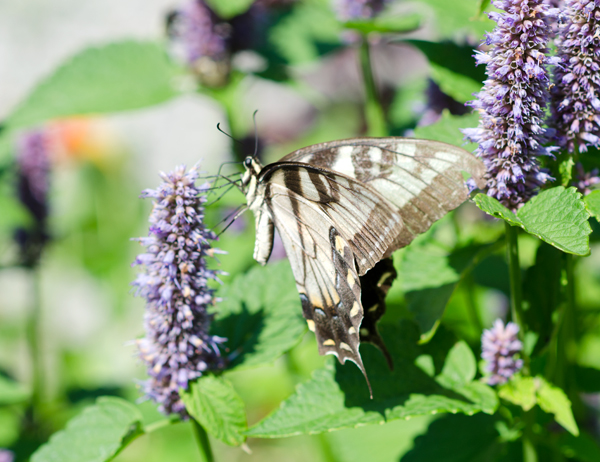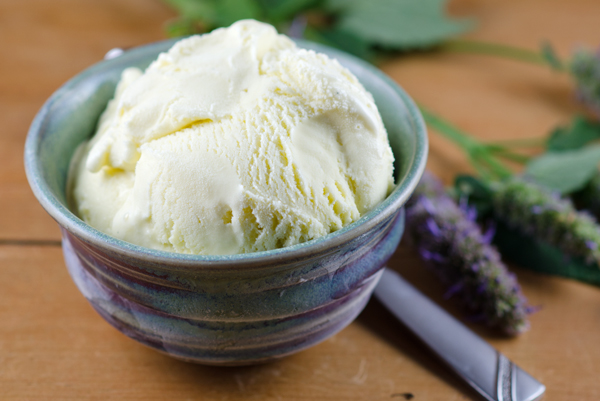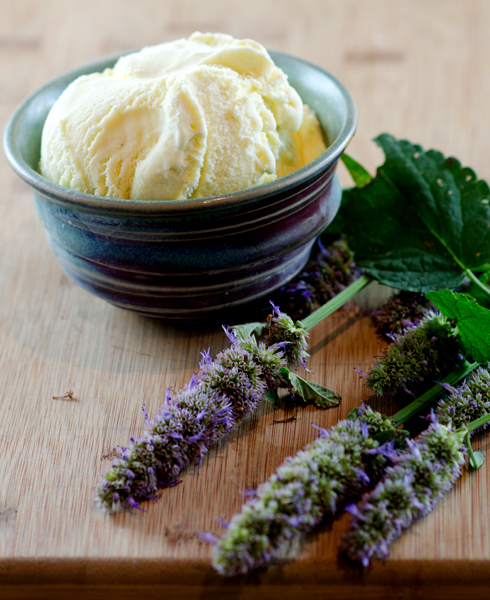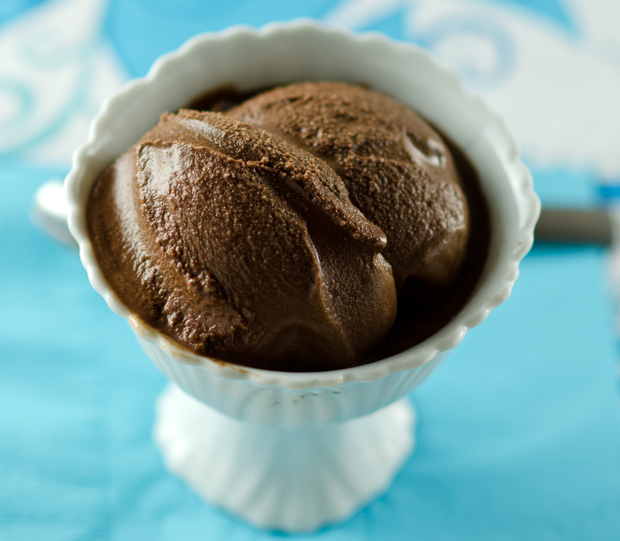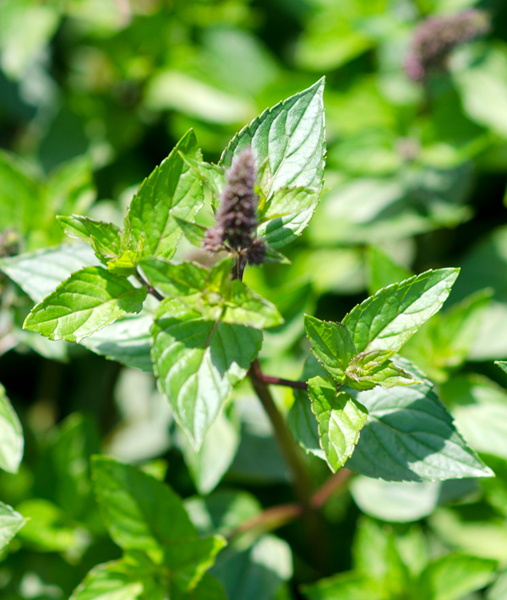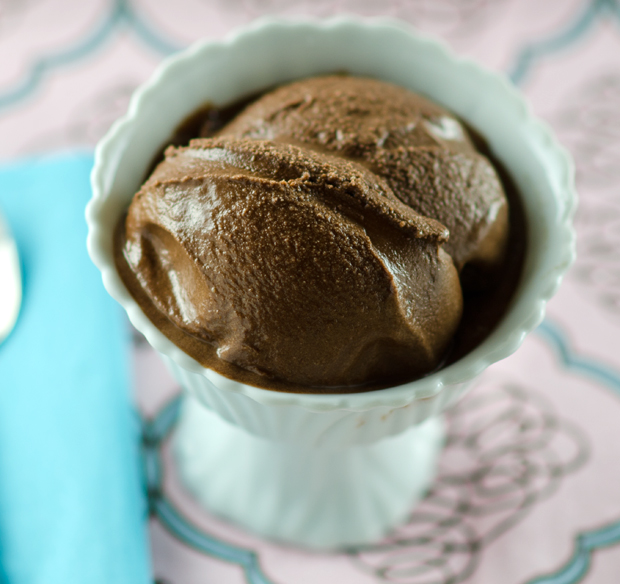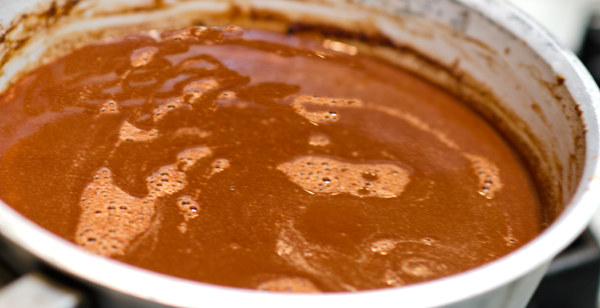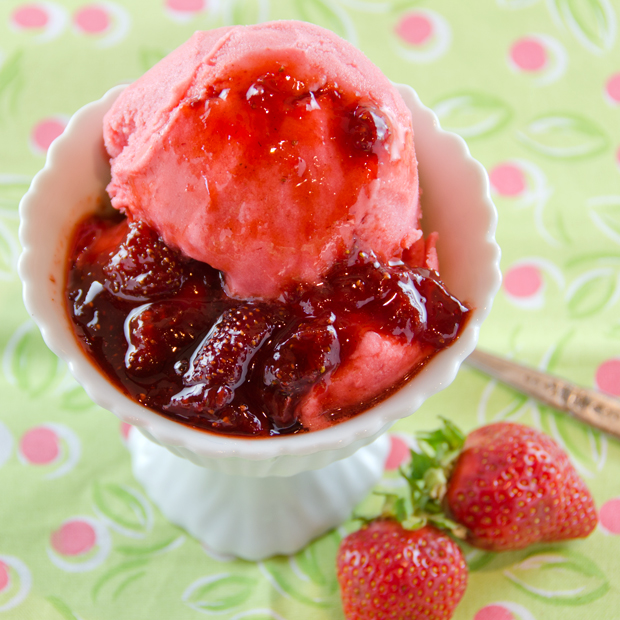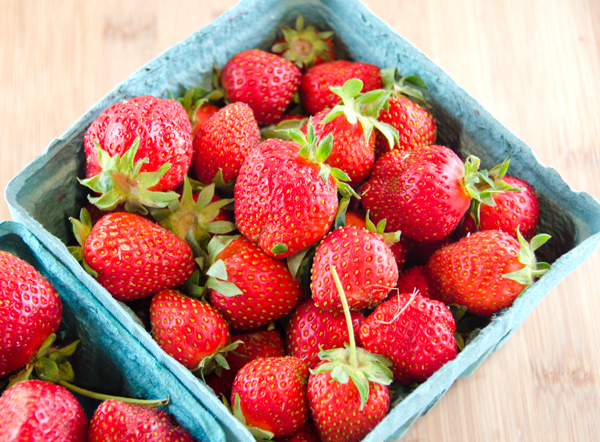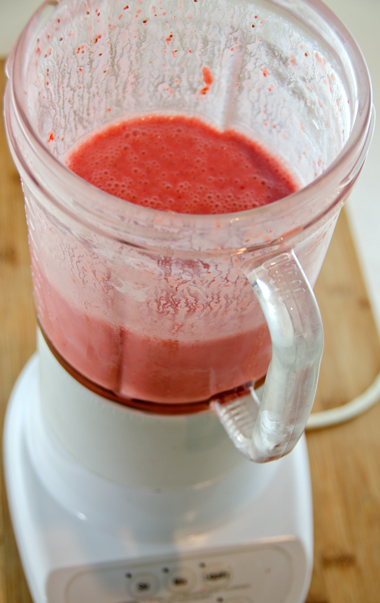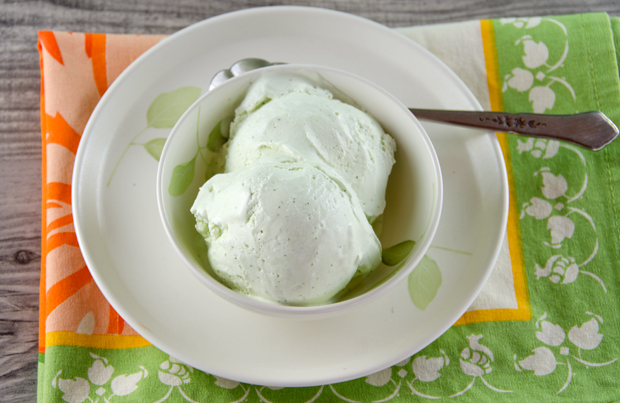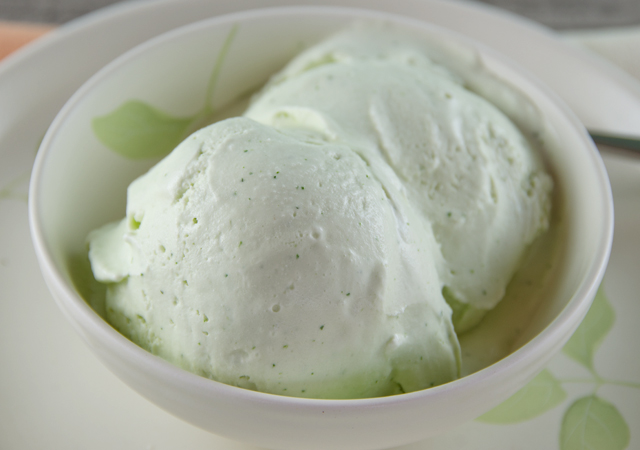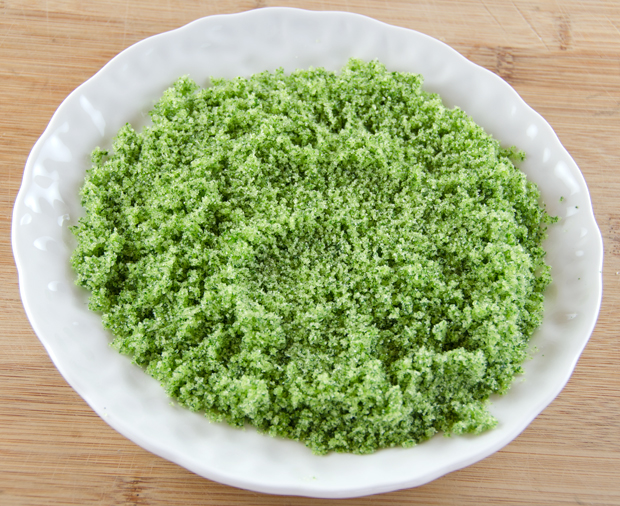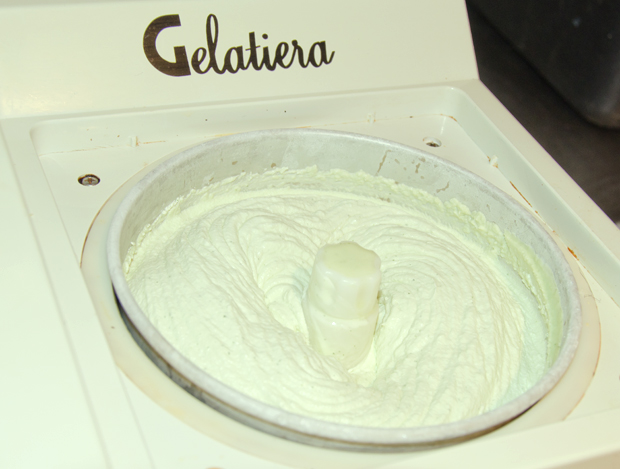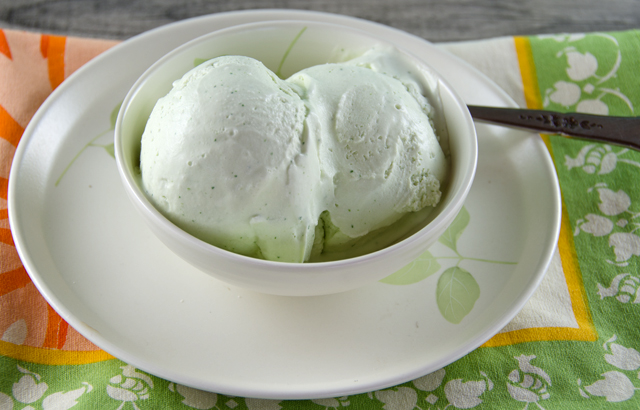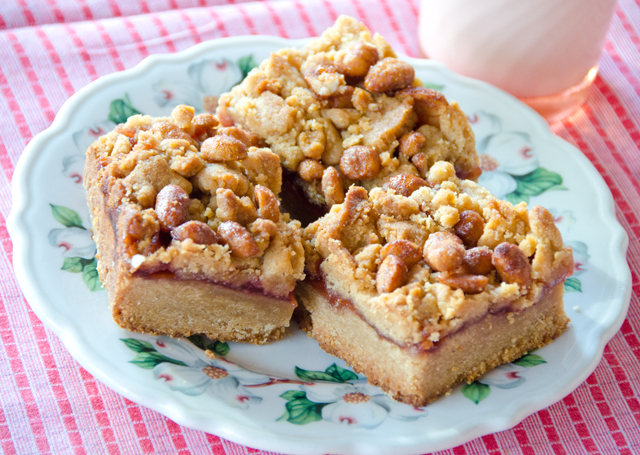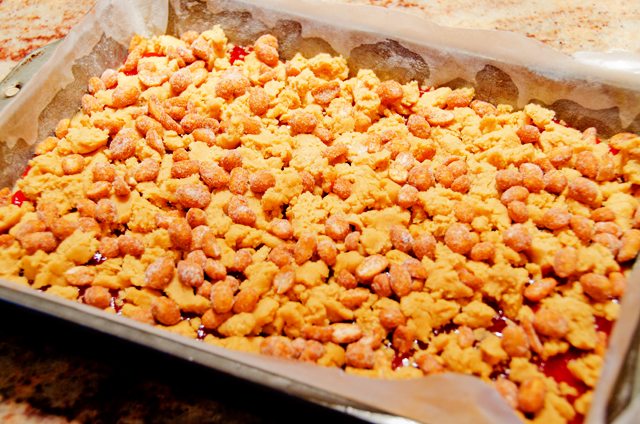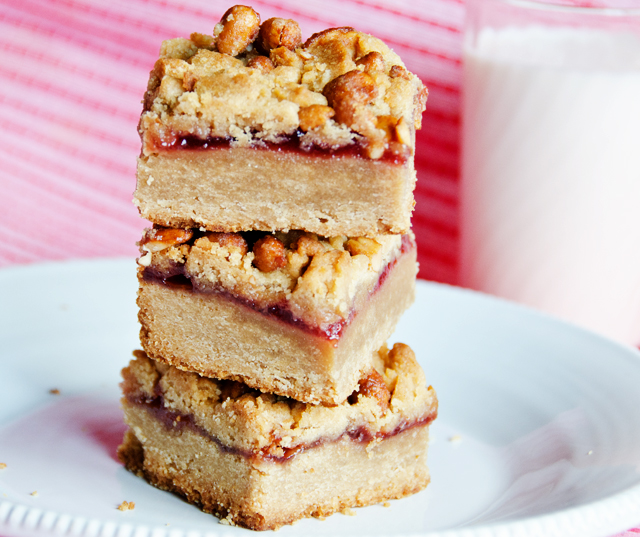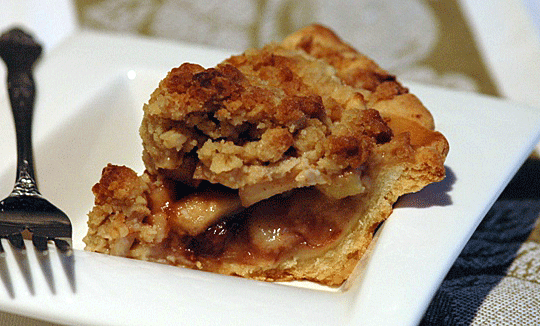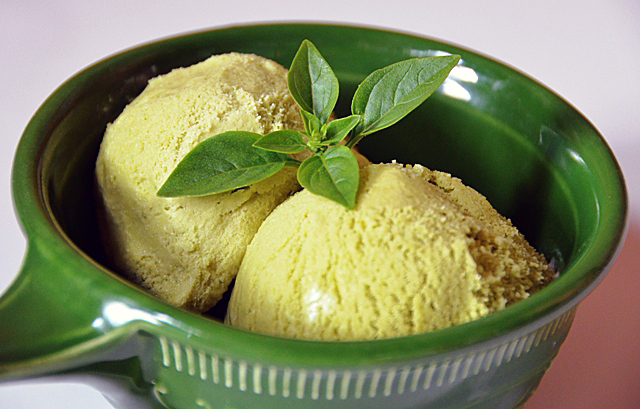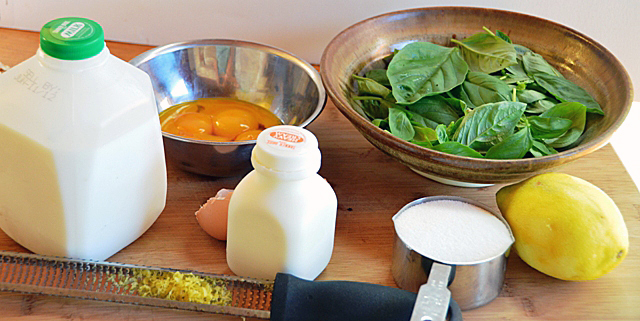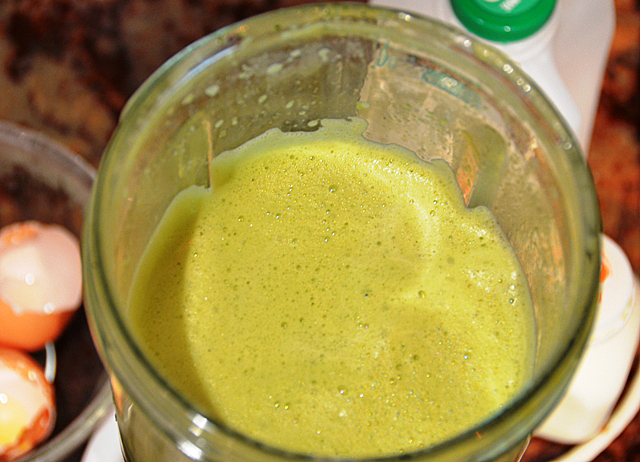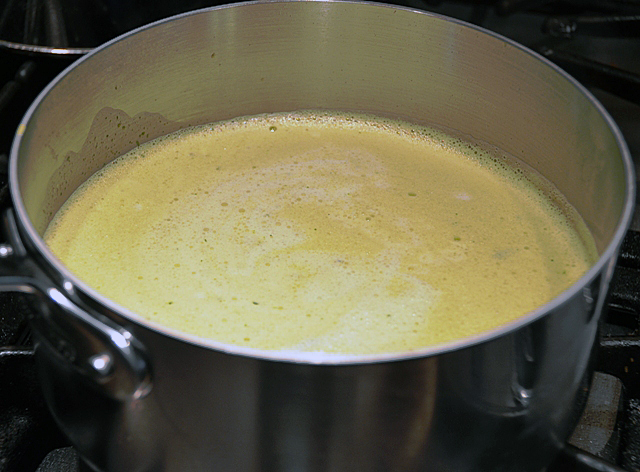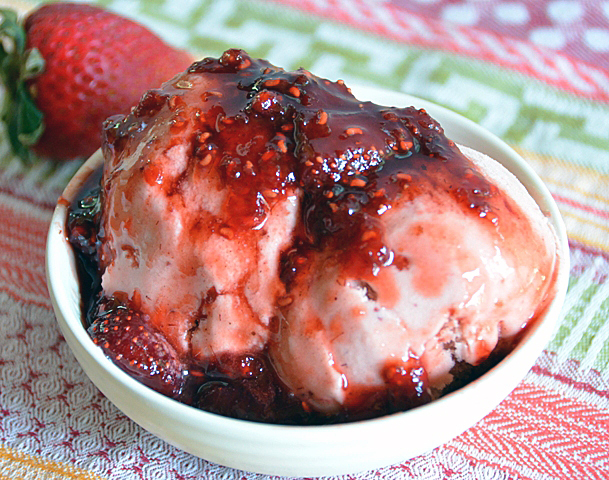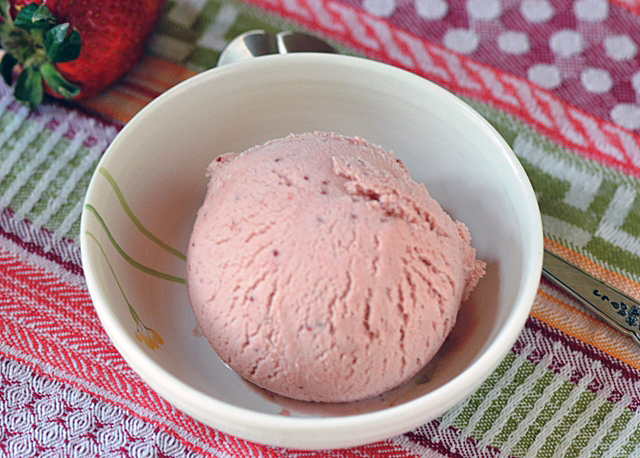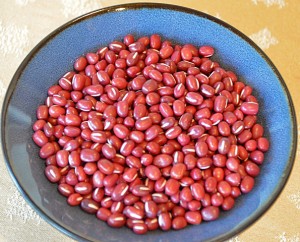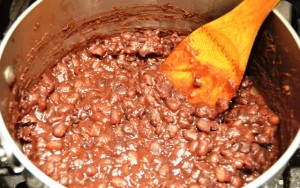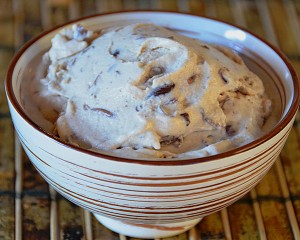Herbal ice creams are a delicious way to capture the flavors of summer. I can’t let the season go by without making one of my favorite treats, sweet licorice flavored anise hyssop ice cream.
Anise hyssop is indigenous to North America and has been used for many years by Native Americans as a medicinal cure for everything from bad breath to a “dispirited heart”. The name can be misleading, it doesn’t belong to the same genus as anise or hyssop, though it smells like anise and it’s flower and stem are similar to hyssop. Anise hyssop belongs to the mint family, it’s botanical name is Agastache foeniculum and is sometimes referred to as licorice mint.
The plant can grow to 3 feet tall with beautiful blue-violet 4 to 6 inch spikes reminiscent of the flowers of a lavender plant. We have been growing anise hyssop for many years. The plants are a colorful addition to our herb garden and the blossoms attract both butterflies and bees. The plants die back in the winter, some plants will come back in the spring while others reseed themselves. The leaves are surprisingly sweet, the sweetest leaves are the ones closest to the blossoms.
The flowers and stems can be used in various infusions. Try infusing a simple syrup with anise hyssop for poaching summer fruit or in milk or cream for a crème brulee or a custard sauce. It’s blossoms can add a touch of sweetness to a fruit salad. It makes a tea with natural sweetness either hot or iced. I have always used anise hyssop on it’s own in making ice cream but it could be combined with summer fruits like apricots, nectarines or peaches for a refreshing treat. As with all herbal ice creams, the milk and some of the cream are first heated and then the anise hyssop sprigs are pushed under the surface of the liquid. The milk and cream mixture infuse off heat, an hour is sufficient to achieve the fullest flavor. I chose to make custard style ice cream that requires tempering eggs and produces a richer ice cream. An easier choice would be a Philadelphia style ice cream that is just made with cream and milk.
Anise Hyssop Ice Cream
Made with the Fine Cooking Recipe Maker
Makes one quart
Ingredients
- 2c heavy cream
- 1c whole milk
- 3/4c granulated sugar
- Table salt
- 6 4-inch anise hyssop sprigs, with flower buds if possible
- 5 large egg yolks
- 1t vanilla extract or vanilla paste
Directions
- In a medium saucepan, mix 1 cup of the cream with the milk, sugar and a pinch of salt. Warm the cream mixture over medium-high heat, stir occasionally, until the sugar dissolves and tiny bubbles begin to form around the edge of the pan, 4-5 minutes.
- Stir anise hyssop sprigs into warmed mixture. Cover and remove the pan from the heat and let sit for 1 hour. After 1 hour, taste and let sit longer if you desire a stronger flavor.
- Prepare an ice bath by filling a large metal bowl with several inches of ice water. Set a smaller metal bowl in the ice water. This will help the custard to cool quickly. Set a fine strainer over the smaller bowl.
- Whisk the egg yolks in a medium bowl.
- Rewarm the cream mixture over medium high heat until tiny bubbles begin to form around the edges of the pan, 3-4 minutes. In a steady stream, pour half the warm cream mixture into the egg yolks, whisking constantly to prevent the eggs from curdling.
- Pour the egg mixture back into the saucepan and cook over low heat. Stir constantly and scrape the bottom of the pan with a heat proof spatula until the custard thickens slightly. The custard will be thick enough to coat a spoon and hold a line drawn through it with a finger. An instant read thermometer will read 175°F to 180°F. It is important to remove the custard immediately from the heat at this point to prevent it from curdling. Immediately strain the custard into the cold cream in the ice bath. Press firmly on the anise hyssop in the strainer with the spatula to extract as much flavor as possible.
- Cool the custard to below 70°F by stirring it over the ice bath. Stir the vanilla extract or paste into the cooled custard.
- Refrigerate the custard until completely chilled, at least 4 hours or overnight. Freeze the custard in your ice cream maker according to manufacturer’s directions. Transfer the ice cream to an air-tight container for 4 hours and up to a week before serving.
